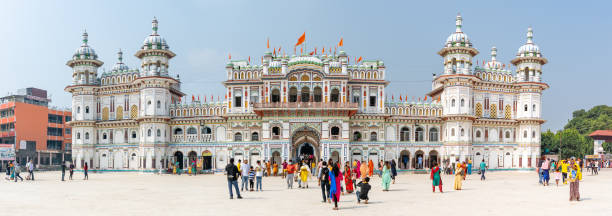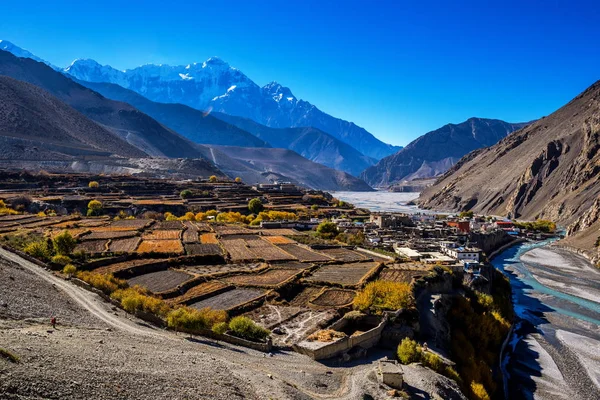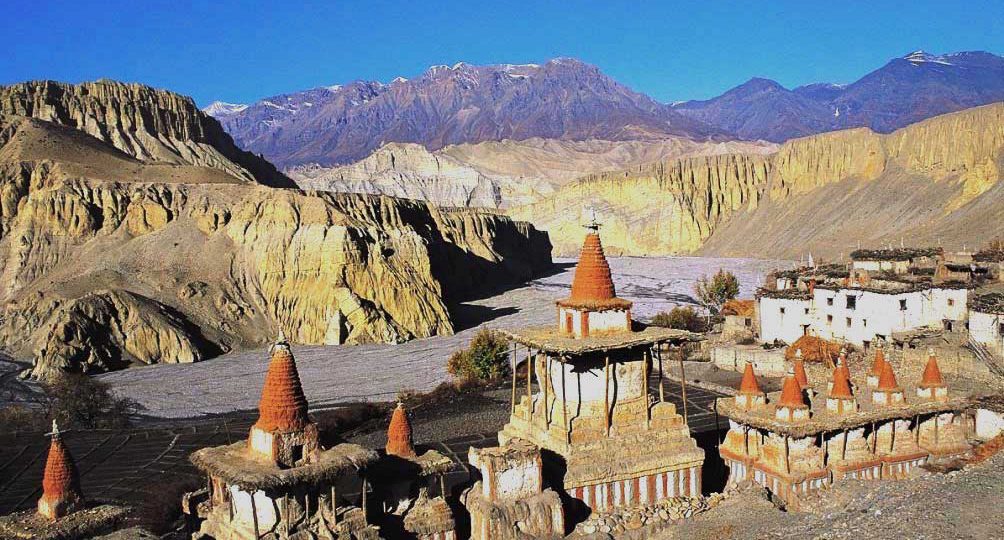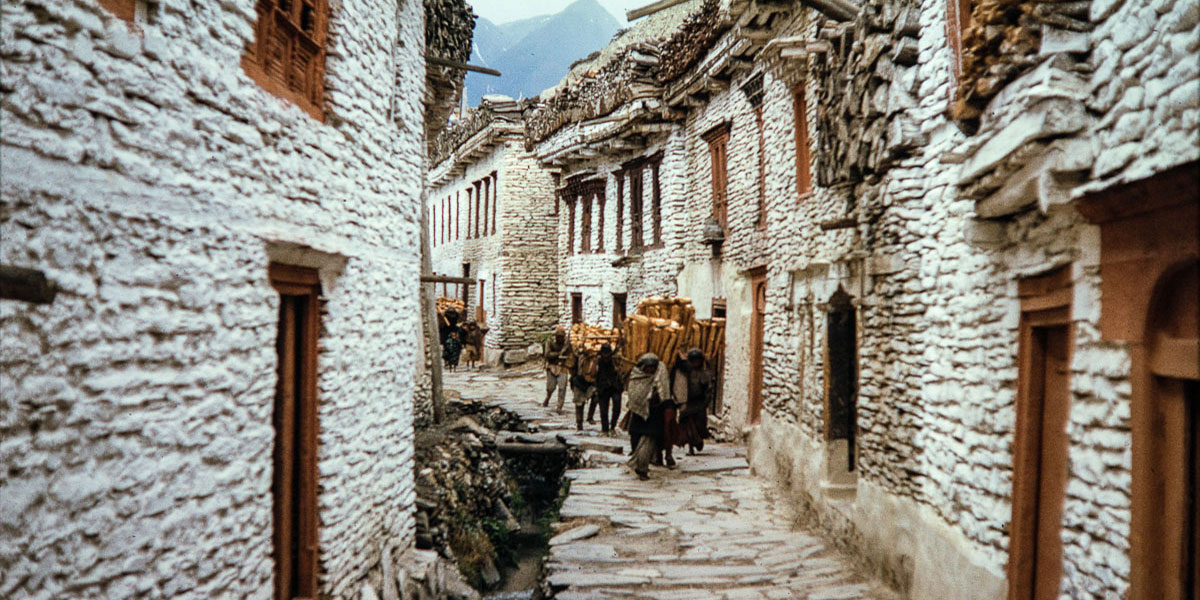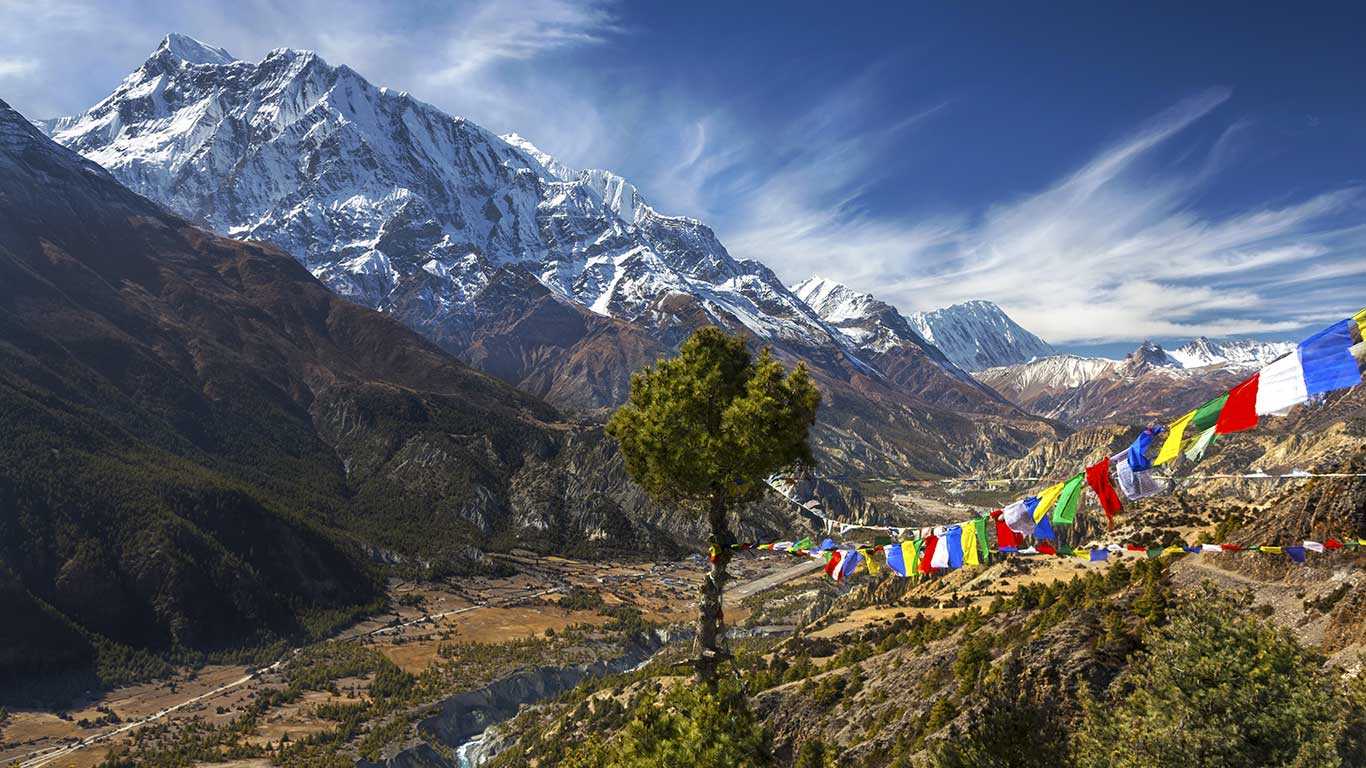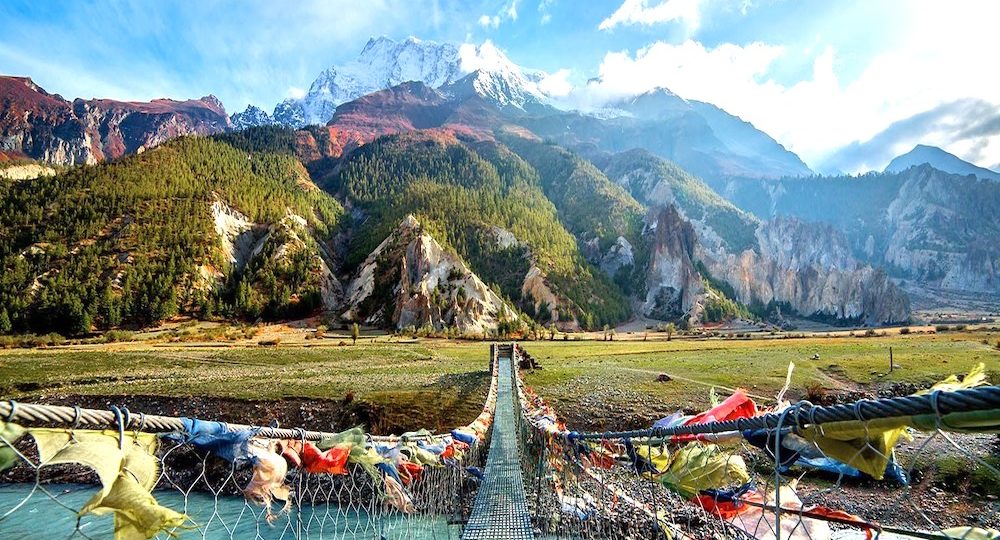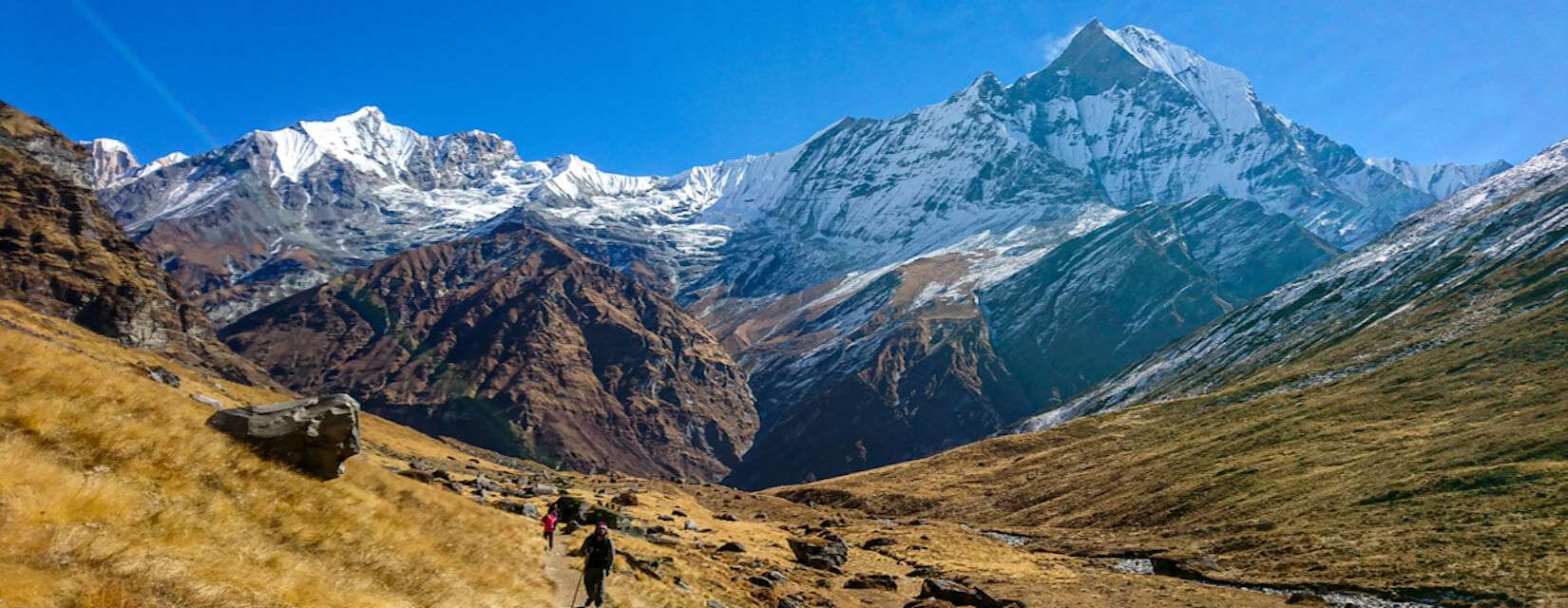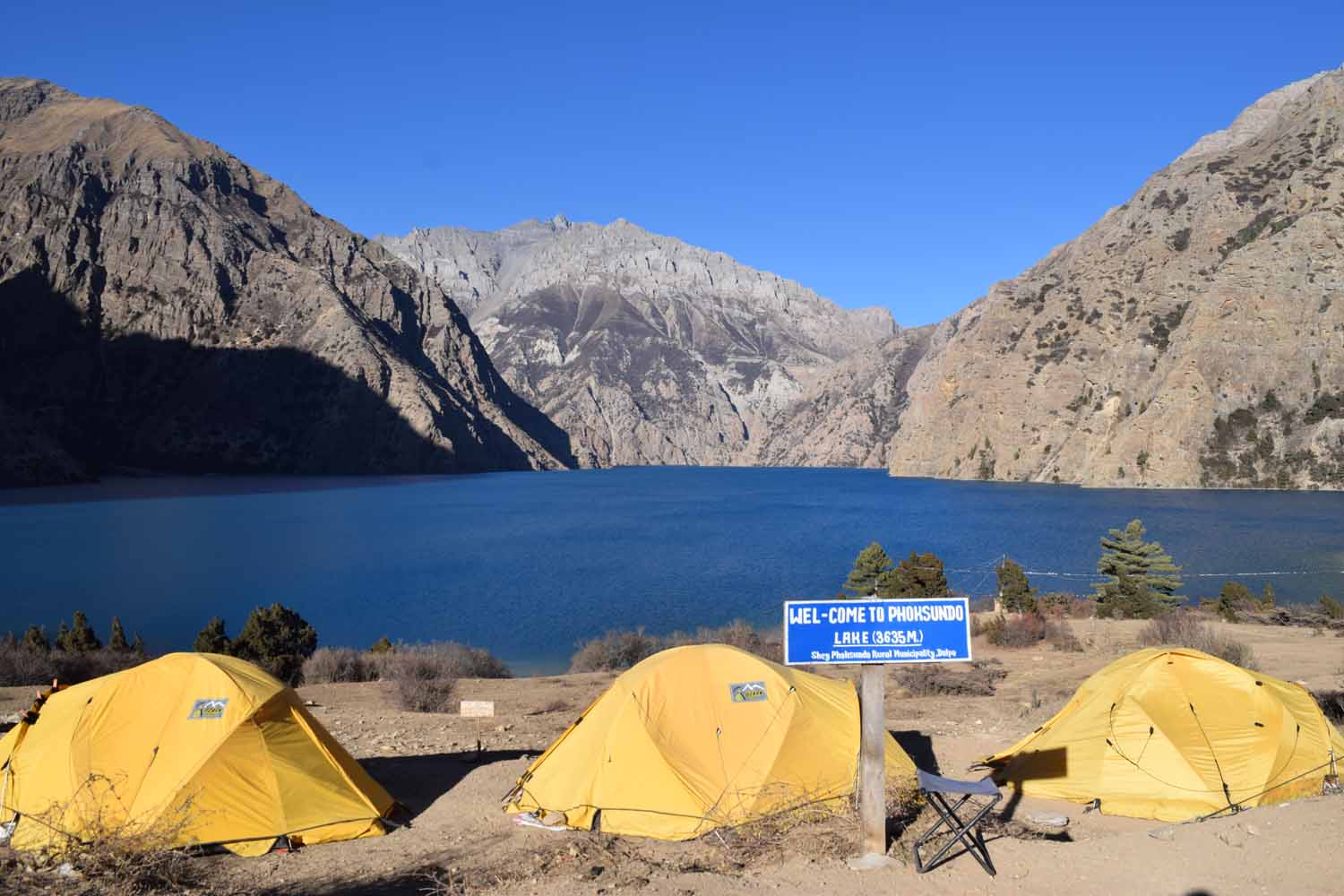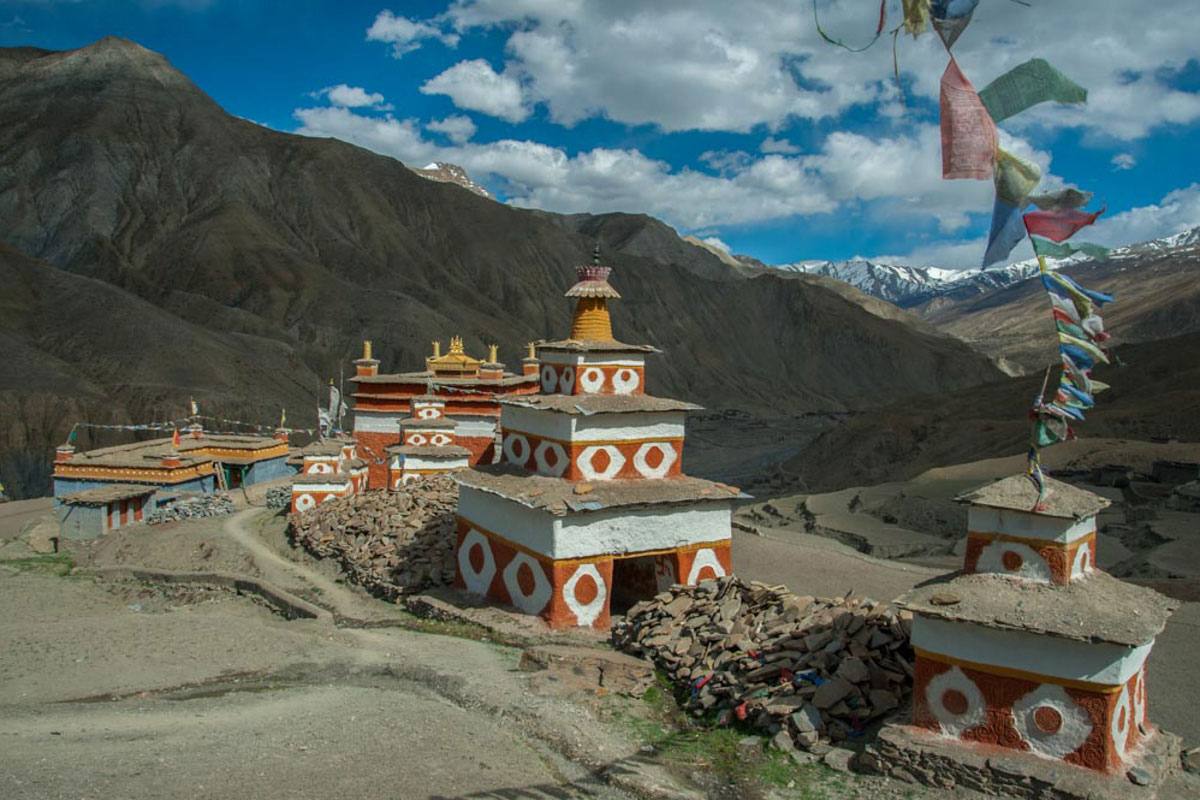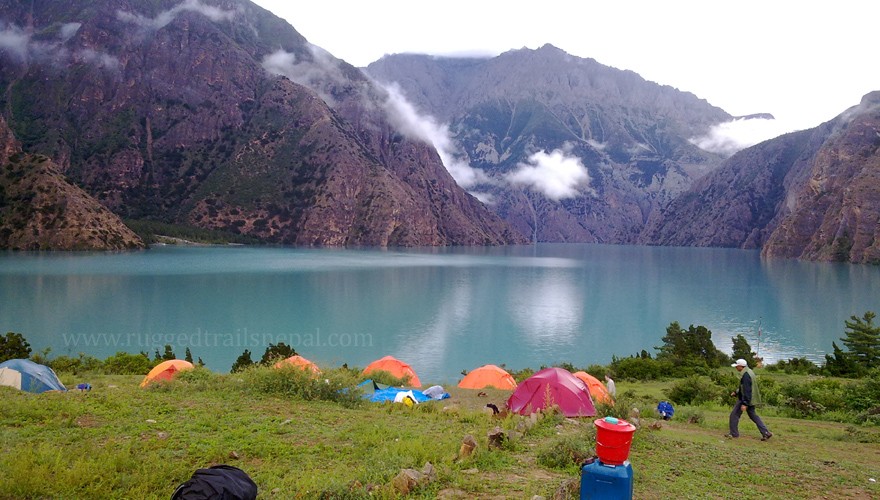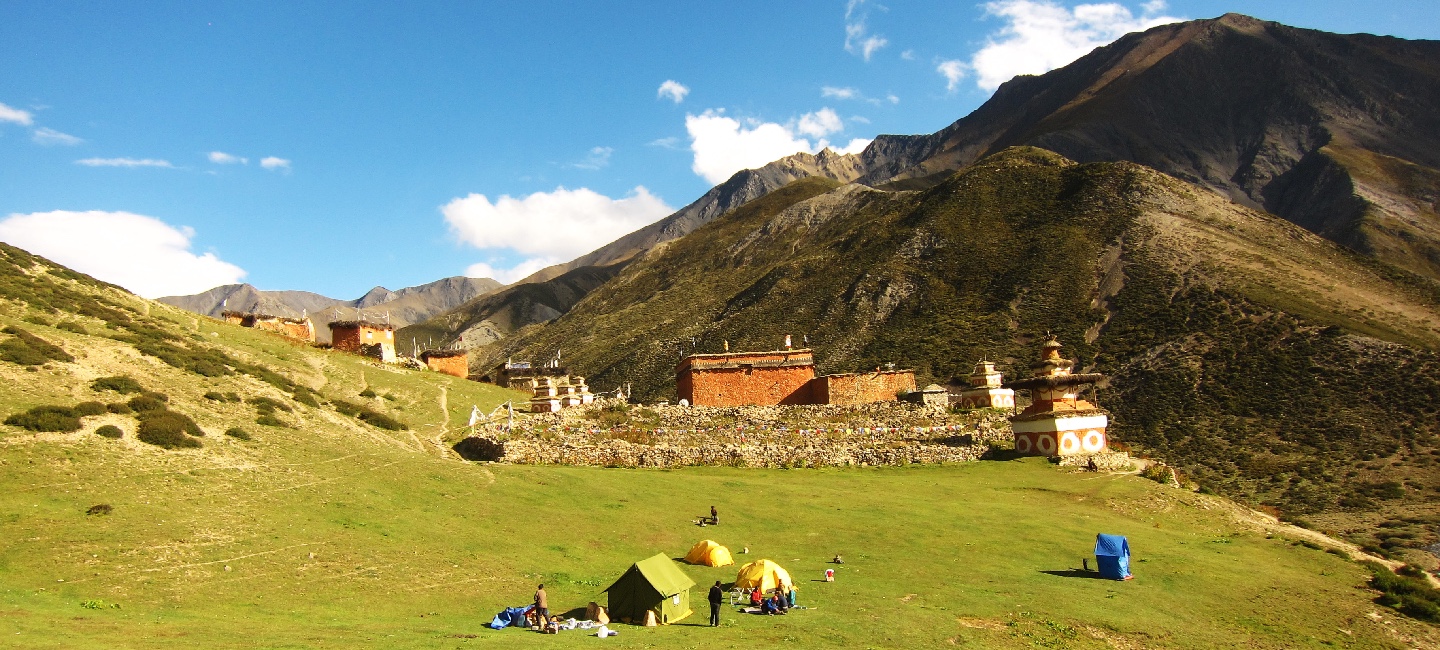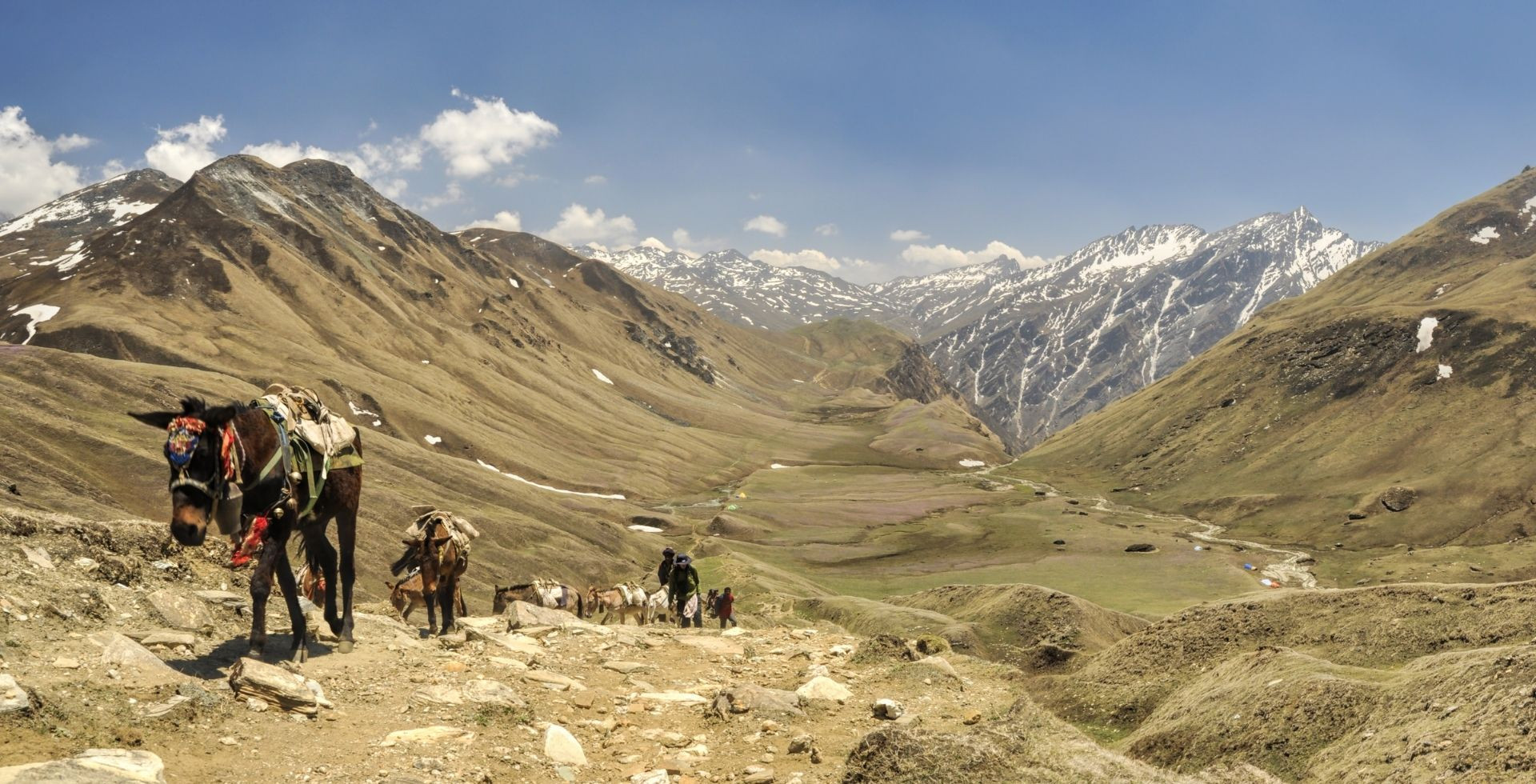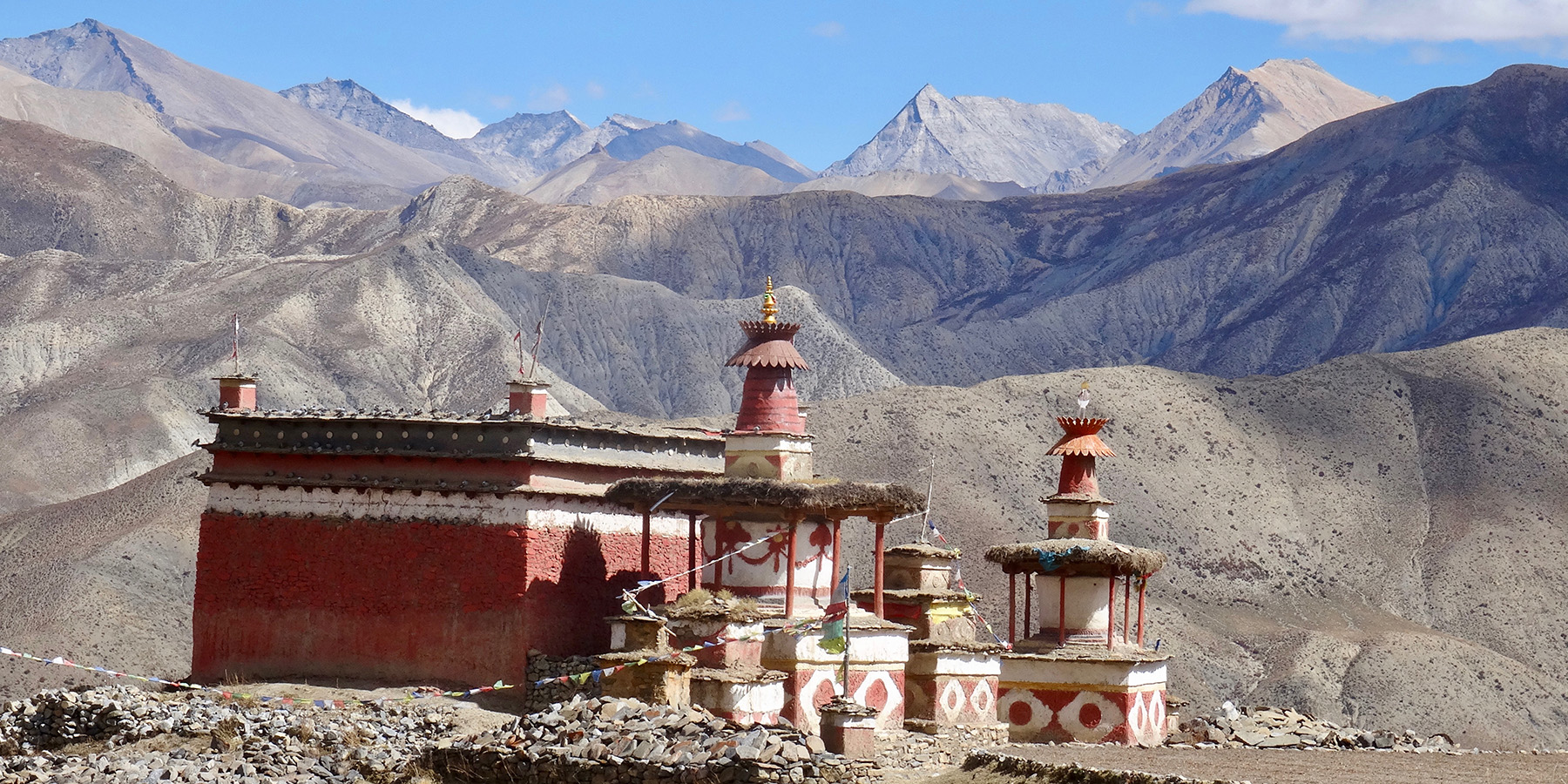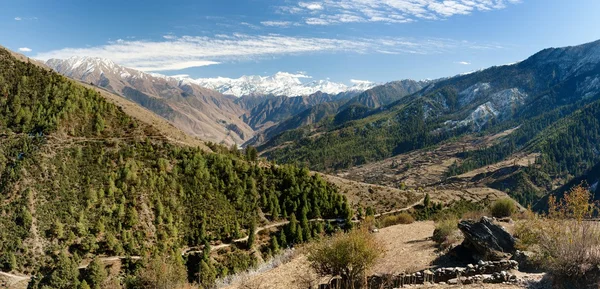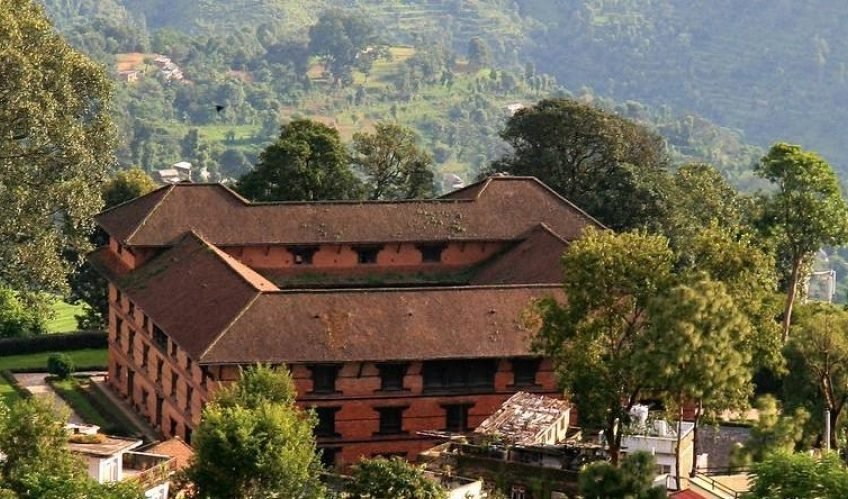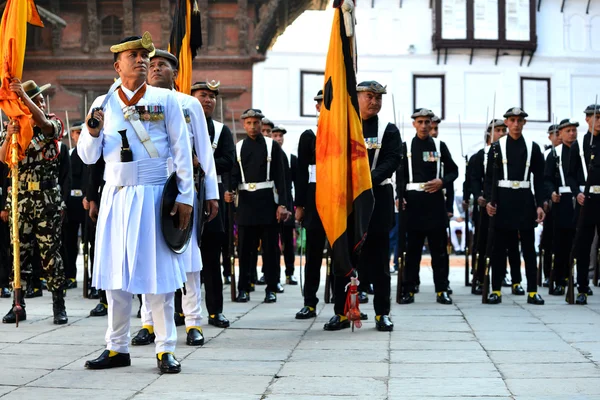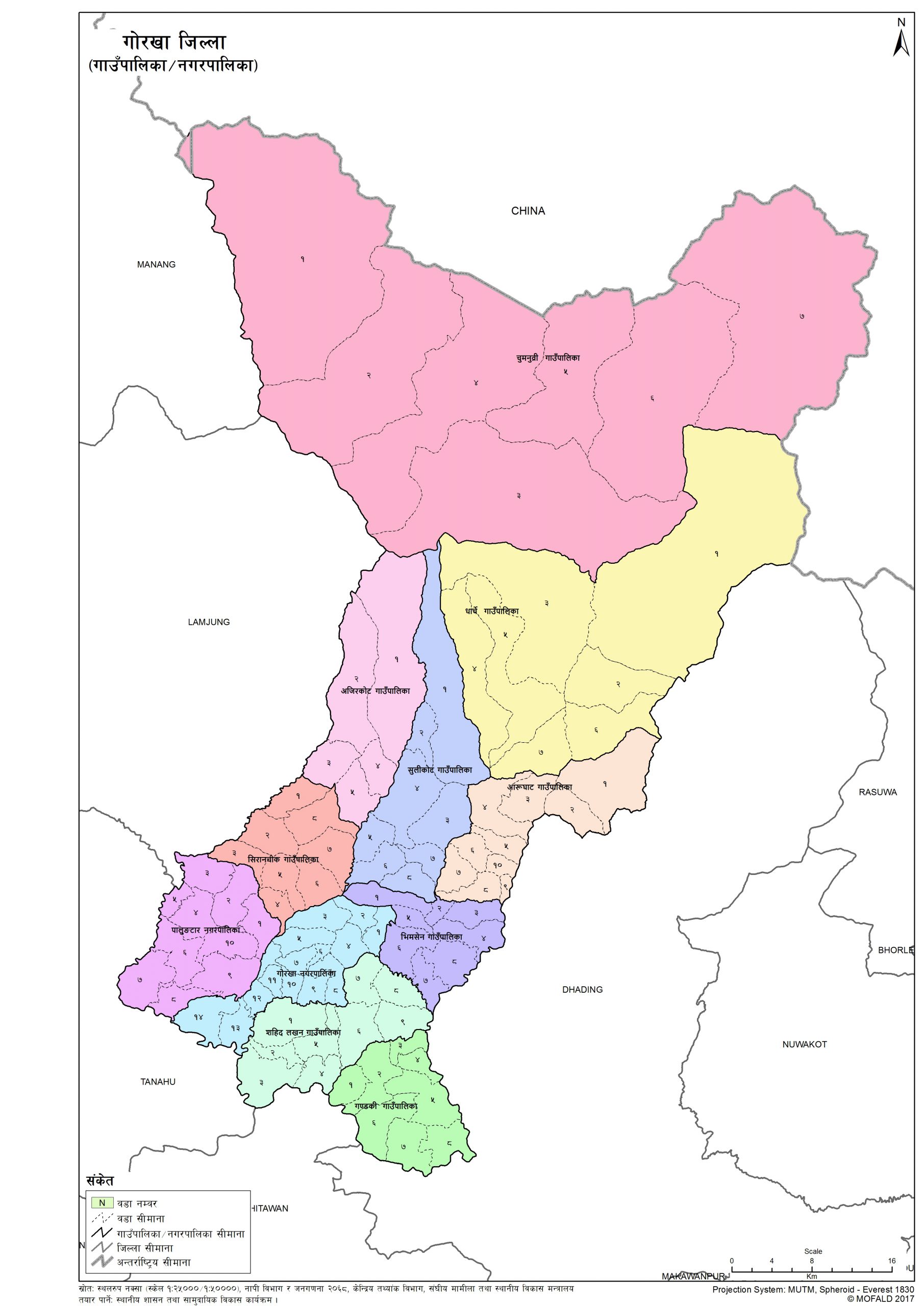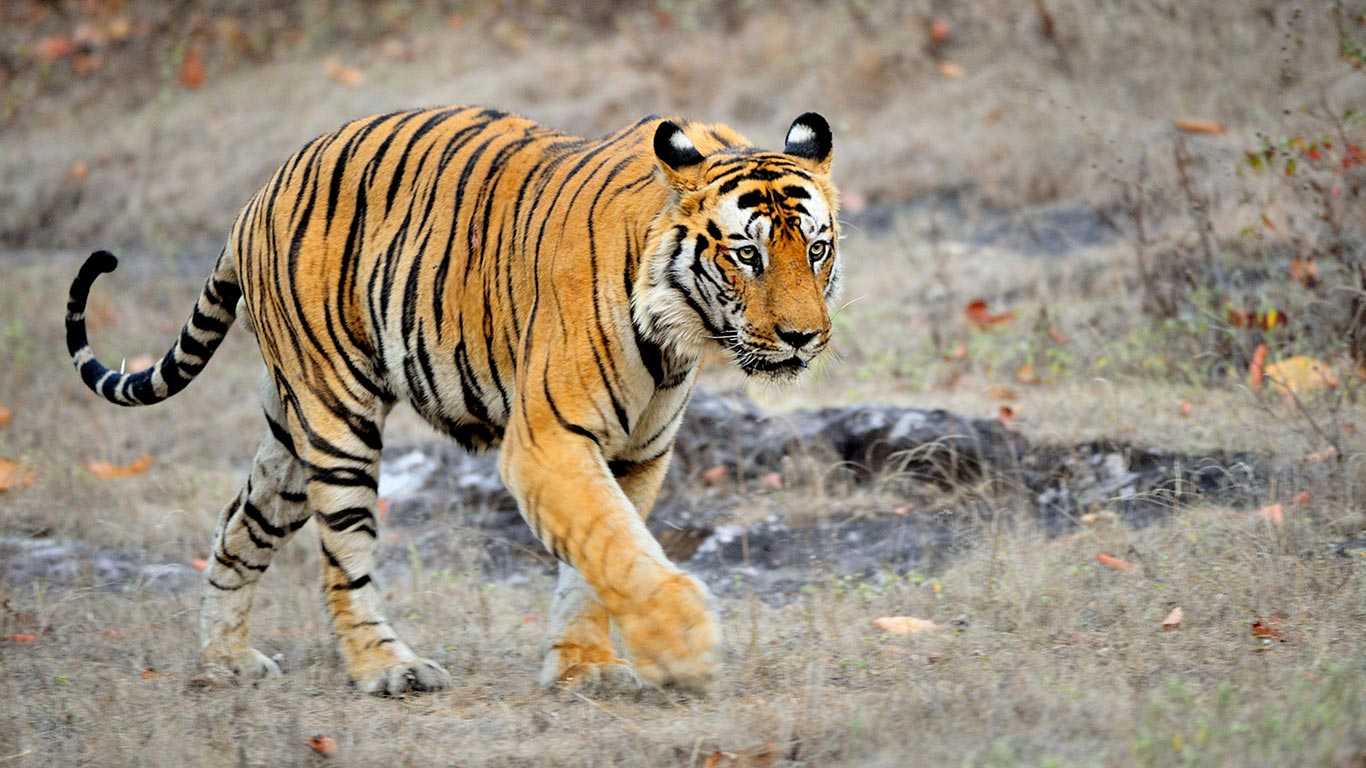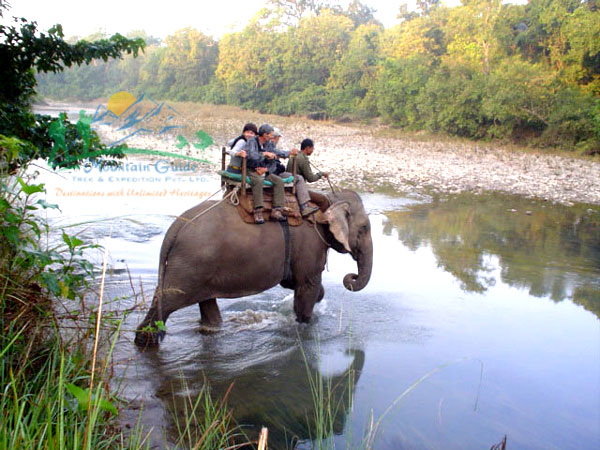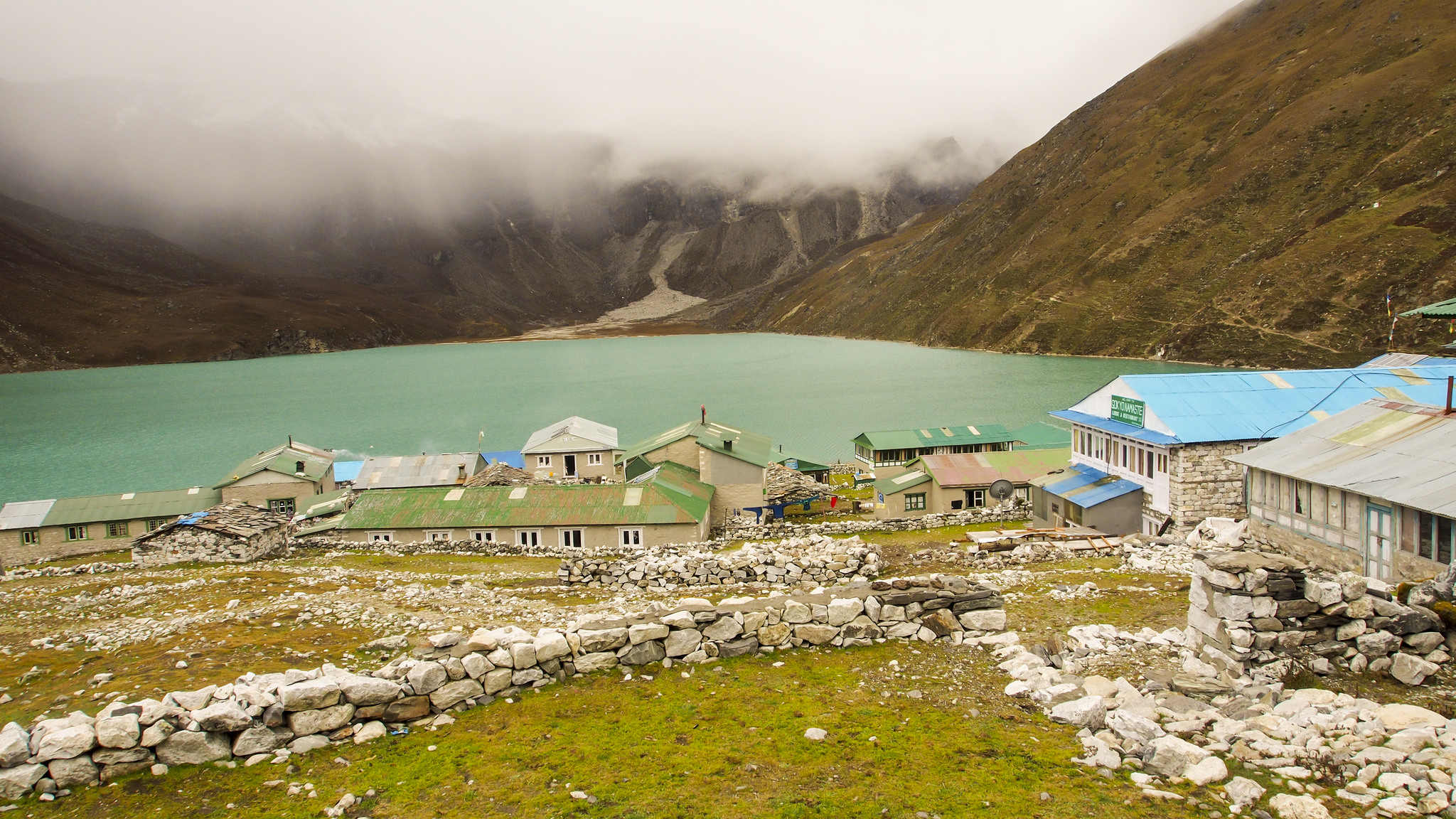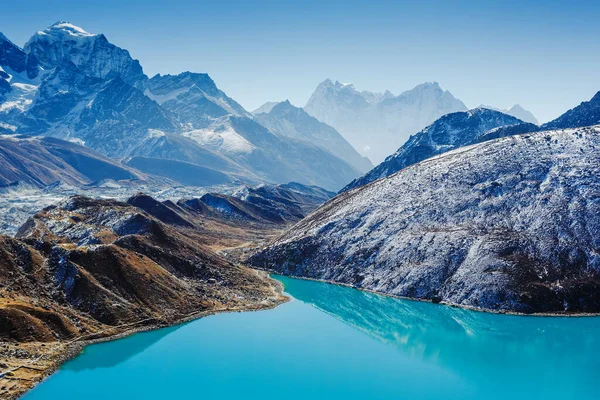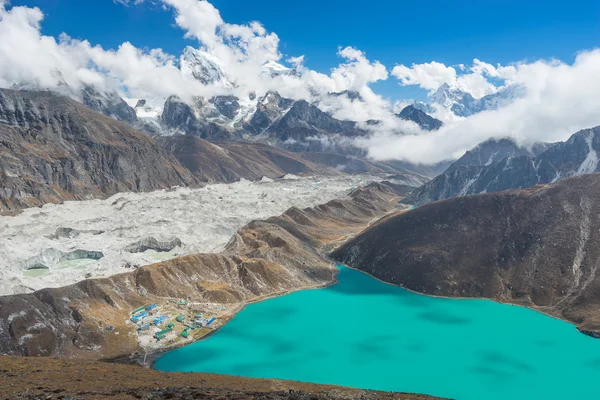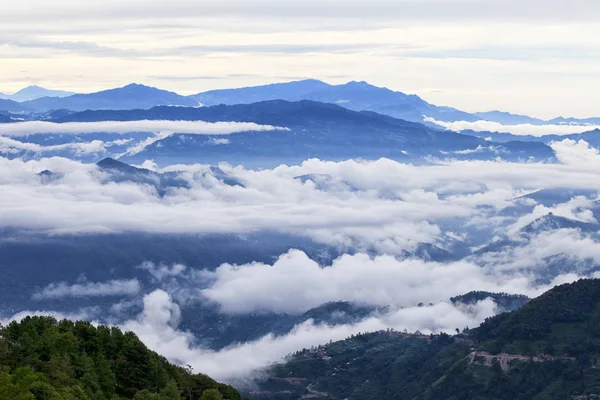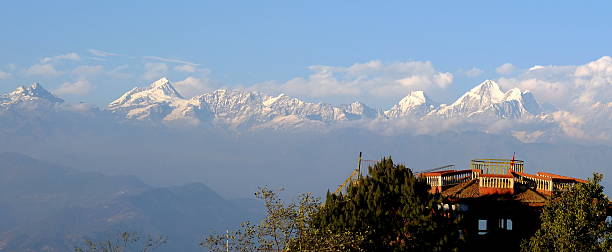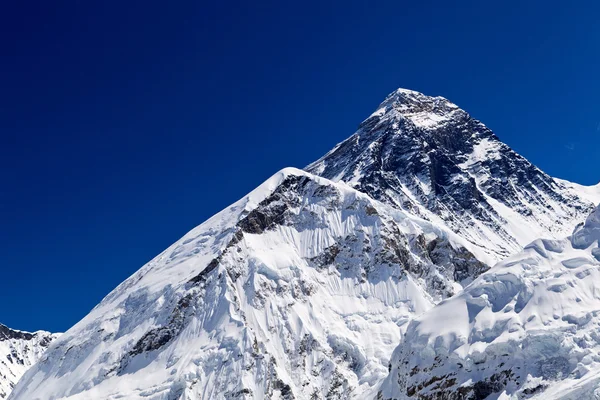Janakpur, located in the southern plains of Nepal, is a dynamic and culturally significant city that holds great importance in Hindu mythology and history. Renowned as the birthplace of Goddess Sita and the revered site of the ancient kingdom of Mithila, Janakpur attracts pilgrims, history enthusiasts, and those eager to explore Nepal's cultural heritage. The focal point of the city is the Janaki Mandir, an awe-inspiring temple dedicated to Goddess Sita. With its magnificent architecture, intricate carvings, and vibrant colors, the temple showcases the region's exceptional Maithili art and craftsmanship.
Janakpur is steeped in the mythology and legends of the Hindu epic, Ramayana. According to the legend, it was in Janakpur that Lord Ram, the incarnation of Lord Vishnu, married Goddess Sita. The city is adorned with sites and landmarks associated with these ancient tales, such as the Ram Mandir, the site of the marriage ceremony, and the Dhanush Sagar, the mythical pond where Lord Ram broke the bow during the swayamvar (a marriage ceremony where the bride selects her groom).
The city of Janakpur also celebrates a variety of festivals and cultural events that embody its rich heritage. The most prominent among them is the Vivaha Panchami, which commemorates the divine marriage of Lord Ram and Goddess Sita. During this festival, the entire city comes alive with elaborate processions, vibrant performances, and religious rituals, attracting thousands of devotees from Nepal and India. The festival provides a unique opportunity to immerse oneself in the cultural vibrancy and religious fervor of Janakpur.
Apart from its religious and historical significance, Janakpur offers insights into the local Maithil culture. The Maithils, the predominant ethnic group in the region, have a distinct artistic tradition reflected in their paintings, pottery, and handicrafts. Visitors can explore the Maithil Art Gallery, which showcases exquisite traditional paintings known as Madhubani art. The gallery provides a deeper understanding of Maithil culture and their artistic expressions.
Janakpur is also renowned for its bustling local markets, where visitors can indulge in shopping for traditional Maithili handicrafts, textiles, and jewelry. The lively bazaars offer a unique opportunity to engage with the locals, savor local delicacies, and experience the vibrant atmosphere of the city.
Accessibility to Janakpur has significantly improved over the years, with better road and air connections. The city is well-connected to major cities in Nepal, making it easily accessible for travelers. Accommodation options range from budget guesthouses to comfortable hotels, catering to various budgets and preferences.
In conclusion, Janakpur stands as a cultural and historical treasure in Nepal, offering a captivating blend of mythology, spirituality, and artistic traditions. Its association with the epic Ramayana, impressive architectural marvels, and lively festivals make it a must-visit destination for those intrigued by Nepal's rich cultural heritage. Whether you're a pilgrim in search of spiritual solace or a cultural enthusiast fascinated by ancient tales, Janakpur promises an immersive and enlightening experience that will leave a lasting impression.
